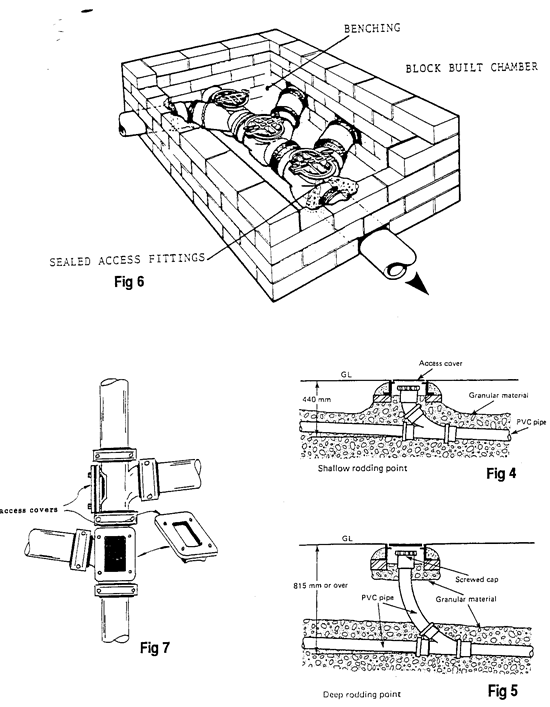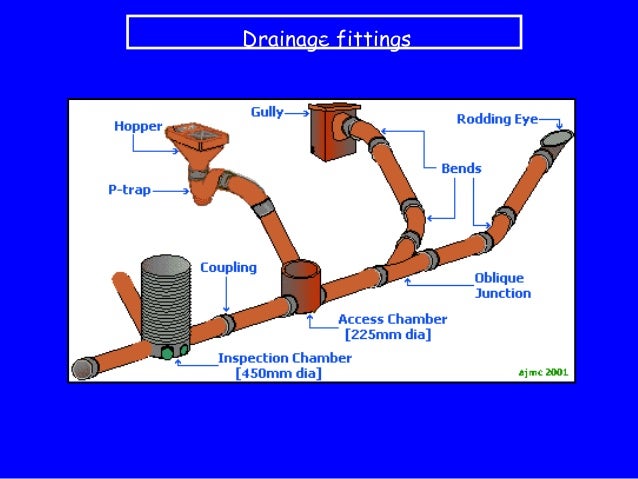You should use an inspection chamber whenever a branch pipe joins a main drainage run unless it s a rainwater pipe and you can rod the branch pipe downstream via a rodding eye.
Rodding eye inspection chamber.
The key point to remember is that every point on any drainage system should be accessible from an inspection chamber or a rodding eye.
Connect up all pipe work connections to the base using the recommended procedure for ring seal and polysewer structured wall pipes.
An inspection chamber is needed any time the pipework changes direction with an angle of more than 30dg if there s a change in pipe size or if two pipes come together at a junction of more than 45dg.
These should either be accessible through an inspection chamber or a rodding eye.
An inspection chamber is a clean out generally installed at the property line of a building and a rodding eye is a removable cover on the opening within a drain pipe that helps remove an obstruction by drain rods.
Do i need a ventilating pipe through the roof.
Install the chamber base unit on at least 100mm of granular material.
Rodding eyes and access chambers should be used to enable all parts of the underground drainage to be cleared and to allow removal of blockages.
Watching the installation of below ground drainage around a typical residential property and explaining the principal fittings required.
Inspection chambers are a crucial part of any drainage system as they allow for testing inspection and cleaning of the system.
Backfill using as dug or granular material up to a point just.
Sanitary pipework needs to be ventilated to avoid air from the pipework and drains from escaping into the building.
You should also use one whenever any drainage pipe changes direction horizontally by more than 30 or when there is a straight run of more than 22m.









